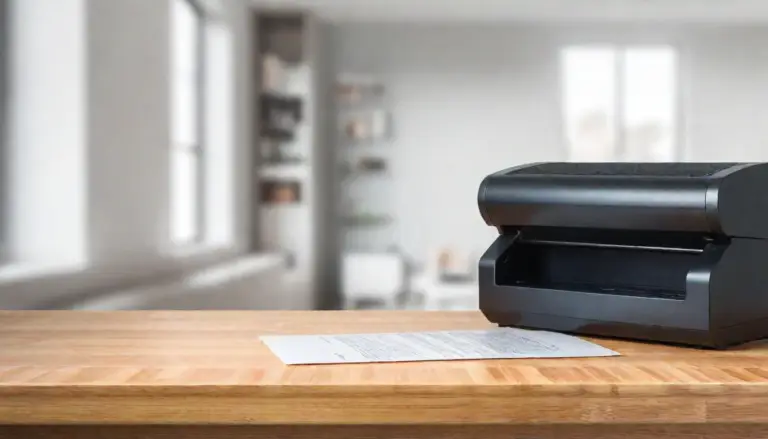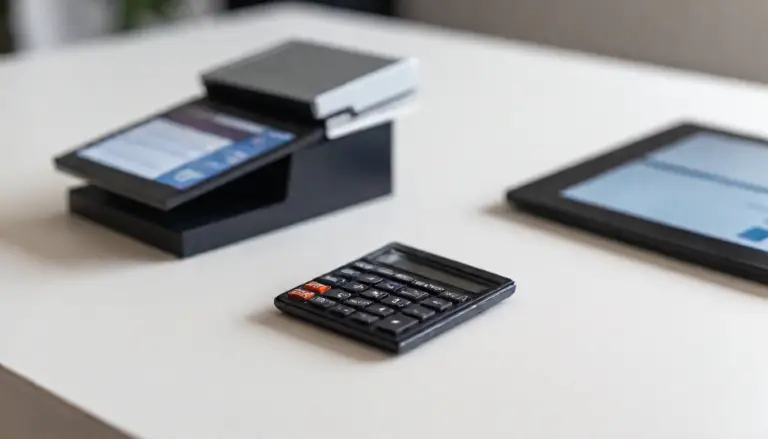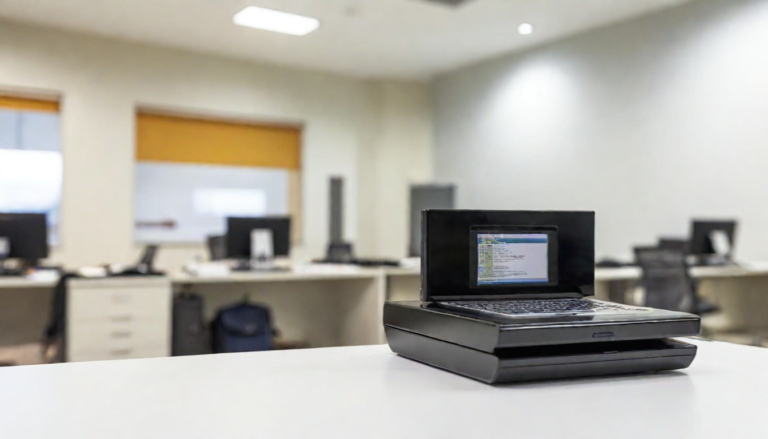It’s been more than 15 years since the Check 21 Act opened the door to the development of Remote Deposit Capture (RDC). Now, in 2020, financial institutions across the nation (and the globe) have embraced RDC and mobile remote deposit capture (mRDC) to transform the way both businesses and individuals deposit checks and interact with their banks.
Despite its popularity and ability to improve both efficiency and customer satisfaction, RDC isn’t without its risks. It’s important for banks to fully understand what remote deposit capture is, how customers will use it, and what steps they should take to protect both themselves and their customers.
What is Remote Deposit Capture?
Let’s start at the beginning: RDC and mRDC are technologies that enable businesses, individuals, and other organizations to quickly and securely deposit checks electronically. Now, instead of carrying paper checks to a physical bank location, customers can simply scan or snap images of a check to deposit it remotely. In fact, if the numbers on RDC are correct, chances are you’ve already used this technology yourself.
Here’s How the RDC Process Works
- A customer receives a check (or even multiple checks) that they want to deposit on their own behalf or that of a business.
- The customer employs a remote deposit check scanner (such as a driverless scanner) or mobile device to capture images of the check.
- Using a secure RDC software or app, the customer safely sends the check images to the bank, along with any other data they may need to include.
- The bank converts these images into a substitute check, which replaces the original paper document.
- The bank deposits the check into the appropriate account, and the funds usually become available to the customer in as little as 24 hours.
- Though funds will become available shortly, it may take weeks for the check to officially clear.
- After this, the user can void or destroy the checks.
And that’s it. Remote deposit capture has, in many ways, made the tiresome process of depositing checks as simple as taking a picture.
So, What Are the Benefits of Remote Deposit Capture?
- Faster deposits
- Less friction for the customer
- Quicker access to funds
- Fewer human errors
- Enhanced customer experience
- More flexibility for deposit times
- Less work for banks
When implemented and utilized correctly, remote deposit capture can eliminate a huge amount of friction from a bank’s traditional deposit process, both for the bank and the customer. Sound too good to be true? Well, RDC does have risks associated with its use. The good news is that many of these concerns have, for the most part, turned out to be non-issues for most banks. That’s thanks to the plethora of risk management tips, tools, and processes available today.
The Risks of RDC and How to Avoid Them
When remote deposit capture was first proposed, and even into the first few years of distribution, there were significant fears surrounding the technology. After all, by putting the power of deposits into the customers’ hands, how could the banks truly ensure oversight and manage risks? Industry experts identified a collection of potential risks that could have resulted in massive losses for banks across the country.
The major risks of RDC include:
- Duplicate check deposits
- Modification or alteration of checks
- Forged endorsements
- Poor image quality
- Reliability of the RDC system
- Fraud
- Identity theft
- Data security
- And more
Scary stuff. Here’s the good news: Over the last 15 years, the financial industry has created an expansive library of resources, procedures, and considerations for new banks that help mitigate the risks of RDC before they ever arise.
Helpful Resources for RDC Management
Do any quick search for RDC processes, tips, or information and you’ll quickly discover just how much is available. In fact, it can be overwhelming to find exactly what you’re looking for. To save you time, we’ve curated a list of some of the most valuable resources out there. Interestingly enough, some of the first resources available after RDC’s adoption in 2009 remain timelessly applicable.
- Remote Deposit Capture: A Primer — These supervisory insights created by Jeffrey Kopchik, Senior Policy Analyst for FDIC, help carefully lay out some of the risks associated with RDC, as well as strategies that can help mitigate them.
- Risk Management of RDC — In this letter to financial institutions, the FDIC provides significant insights into risk management, compliance, due diligence, and more.
- Remote Deposit Capture Questionnaire — For those that prefer to track their progress during technology implementation, this questionnaire from the national Credit Union Administration will be priceless.
- Risk Management of Remote Deposit Capture — This RDC guidance document, created by the Federal Financial Institutions Examination Council, has proven to be invaluable to FIs around the country, with exceptional insights into risk management and process evaluation. Despite being 11 years old, the information and guidance found here remains impressively relevant today, even with the recent advancements in RDC and mRDC technology.
Remote Deposit Capture Audit Checklist
If you’re not quite ready to dive headlong into government documents on RDC, we understand. That’s why we created a quick crash course in some of the remote deposit capture best practices whether you’re just starting out or preparing for an audit.
1. Develop an RDC Process
Like any new technological implementation or strategic initiative at an organization, RDC requires a plan. Develop a thorough process document for your new RDC services that your financial board can review and approve year over year. This process document will not only help your implementation remain on course, but it will act as a foundation for risk assessment, mitigation, and measurement in the future. This document will also ensure that your RDC plan aligns with your institution’s goals and policies.
2. Create a Risk Assessment Program
It’s important that senior management identifies and assesses all the legal, compliance, reputation, and operational risks of RDC long before implementation. These assessments, which must cover RDC systems, products, and services, should be compiled into a risk assessment document that includes a comprehensive list of policies and procedures. Don’t leave anything up to chance. Be sure to include plans for milestones, including acquisitions and potential growth.
3. Establish Customer Screening Policies
This may be the single most important regulatory system used by banks to ensure the success of their RDC rollout. When developing your screening process, be sure to consider things like customer profiles, deposit behaviors, ways to identify abnormal behavior, balance history, and overall tendencies. Additionally, outline all of the expected customer responsibilities and be sure to include them in the RDC agreement. Pay special attention to areas involving security and document retention requirements.
3. Determine Monitoring and Reporting Processes
Part of the due diligence of any successful RDC implementation is establishing systems to measure and monitor RDC activities. It’s imperative that management consistently reviews RDC reports and periodically conducts operational risk assessments. In 2020, many of these processes can be automated to identify anomalies and suspicious activity patterns, improve efficiencies and ease the burden on management. Financial institutions will want to pull monthly (and even weekly) reports on RDC statistics in order to analyze the data and optimize the process wherever possible.
4. Analyze Scanner Efficacy
Before you select which RDC hardware is right for your rollout, there are a few things you’ll want to keep in mind. It’s wise to carefully consider all aspects of the process beforehand, including security protocols, billing processes, scanner installation instructions, and maintenance plans. And remember, like any new product rollout, regular inspections will play a large roll in your RDC deployment. A process needs to be established and documented for this task. By determining these foundational processes upfront, you can ensure your institution is prepared for the road (and audits) ahead.
5. Consult with An Expert
Many banks are excited to get started with remote deposit capture — and for good reason. This technology has exploded in popularity over the years due to its ability to enhance customer experience, improve efficiencies, and benefit all parties involved.
That said, the inherent risks with this type of technology require financial institutions to develop bulletproof plans and processes prior to implementation. Careful planning is the only way to prevent fraud, guarantee compliance, ensure best practices are being followed, and ace federal audits.
The best practice of them all? Maintain documentation of all processes and optimize every step of the way — not just before an audit. To learn more about remote deposit capture or find out how to create an effective procedural checklist for your organization, contact Teksetra today. Our RDC risk assessment and implementation experts are always happy to help.












